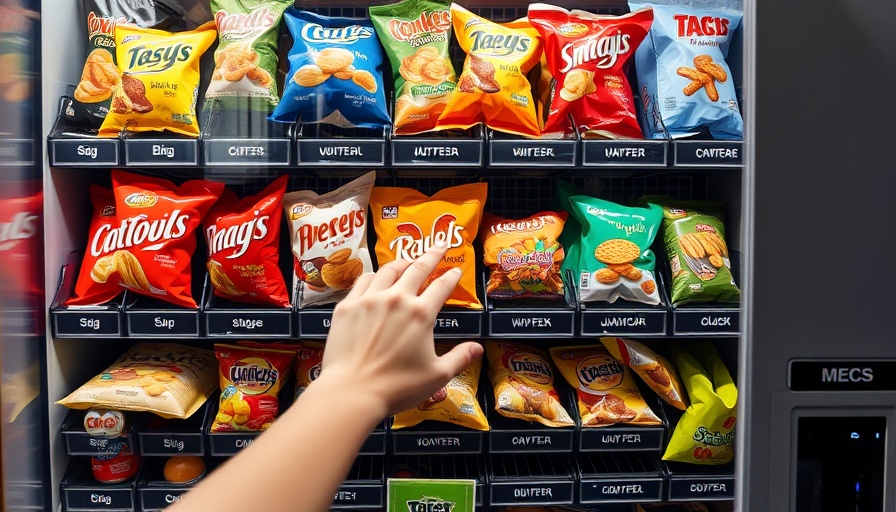
Understanding Microplastics: The Invisible Threat in Our Daily Lives
Microplastics — tiny plastic particles often measuring less than 5mm — have infiltrated our lives in surprising ways. Originating from the breakdown of larger plastic items and the shedding of synthetic microfibers, they pose serious health risks. Researchers warn about the dangers of these particles, as they can disrupt hormonal balance, increase toxicity levels, and impact neurological function.
Why Microplastics Matter for Your Health and Wellness
The introduction of microplastics into our environment comes with various associated risks. These particles can contain harmful chemicals such as bisphenol A (BPA) and phthalates, which are known endocrine disruptors. Studies connect these substances to fertility issues, developmental risks, and even an increased chance of certain cancers. Understanding where these microplastics come from and their potential health risks can empower you to make informed lifestyle choices related to health and wellness.
Five Unexpected Sources of Microplastics and How to Minimize Exposure
- Contaminated Water Supply: Microplastics are found in tap and bottled water. It's crucial to invest in high-quality water filters, ideally reverse osmosis systems, to remove not just microplastics but also other harmful contaminants.
- Thermal Paper Receipts: Many receipts contain BPA that can be absorbed through the skin. Opt for digital receipts when possible, and wash your hands after handling paper receipts.
- Canned Foods: The lining of many canned goods contains plastic that can leach microplastics and harmful chemicals into your food. Whenever possible, choose fresh or frozen alternatives to reduce exposure.
- Personal Care Products: Many face scrubs and cleansers contain microbeads. Choose products free of microplastics and natural alternatives that are safer for you and the environment.
- Cookware: Non-stick cookware often contains chemicals that can release microplastics when heated. Switching to glass or stainless options can minimize this risk.
Proactive Steps You Can Take to Live Healthier
While completely avoiding microplastics may not be feasible, minimizing your exposure is possible through relatively simple lifestyle changes. For instance, consider transitioning to a plant-based diet, which can reduce the risk of chemical exposure from fatty foods. Investing in stainless steel or glass kitchenware also prevents risky leaching from plastic.
The Importance of Community Health Awareness
Being informed about microplastic sources is a crucial part of maintaining community health and wellness. Local initiatives can encourage healthier selections at grocery stores or promote clean water programs. It’s essential to push for better regulations on plastics to safeguard our health as a collective.
Emphasizing Balance Rather Than Perfection
It’s understandable to feel overwhelmed by the pervasive presence of microplastics. However, experts suggest finding a balance rather than striving for perfection in avoiding every source. Focus on the bigger picture and prioritize healthier choices. Simple steps like vacuuming more frequently or opting for natural cleaning solutions can significantly impact microplastic exposure in your home.
A Call to Action for Healthier Living
By being aware of the microplastic sources present in your everyday life, you empower yourself to take actionable steps toward health and wellness. Join communities advocating for reduced plastic use, support local health initiatives, and engage with health professionals about sustainable practices that promote well-being.
Make the switch to a health and wellness lifestyle today! Whether it's through better dietary choices, reducing plastic use, or getting involved with community health programs, every little action contributes to a healthier future.
 Add Row
Add Row  Add
Add 




 Add Row
Add Row  Add
Add 


Write A Comment